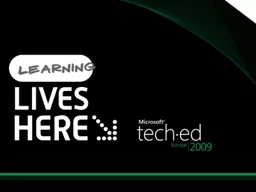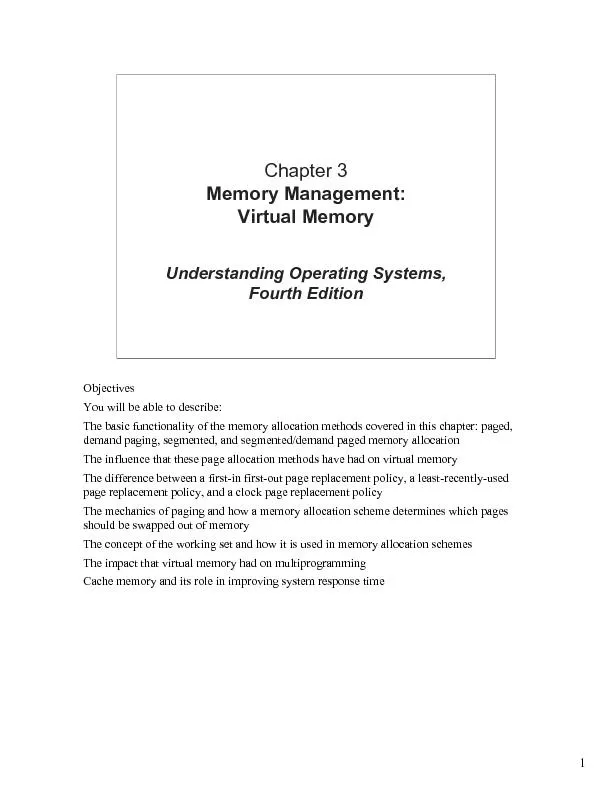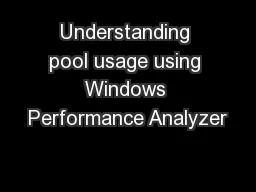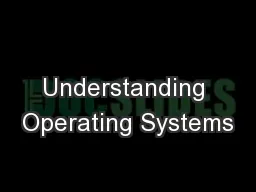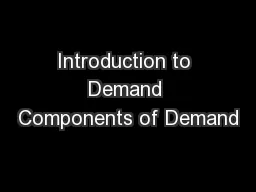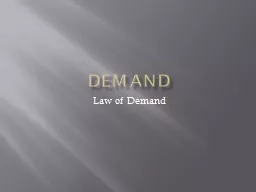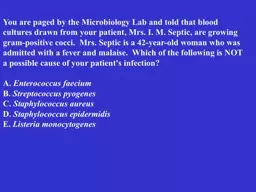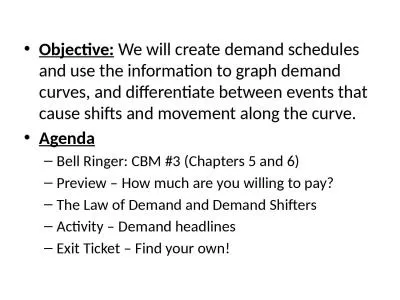PDF-Computer ScienceComputer ScienceLast Class: Demand Paged VirtualMemory
Author : calandra-battersby | Published Date : 2015-09-19
Computer ScienceComputer Science Computer ScienceComputer Science Computer ScienceComputer ScienceSecond Chance Algorithm akaClockUse a single reference bit per
Presentation Embed Code
Download Presentation
Download Presentation The PPT/PDF document "Computer ScienceComputer ScienceLast Cla..." is the property of its rightful owner. Permission is granted to download and print the materials on this website for personal, non-commercial use only, and to display it on your personal computer provided you do not modify the materials and that you retain all copyright notices contained in the materials. By downloading content from our website, you accept the terms of this agreement.
Computer ScienceComputer ScienceLast Class: Demand Paged VirtualMemory: Transcript
Download Rules Of Document
"Computer ScienceComputer ScienceLast Class: Demand Paged VirtualMemory"The content belongs to its owner. You may download and print it for personal use, without modification, and keep all copyright notices. By downloading, you agree to these terms.
Related Documents


